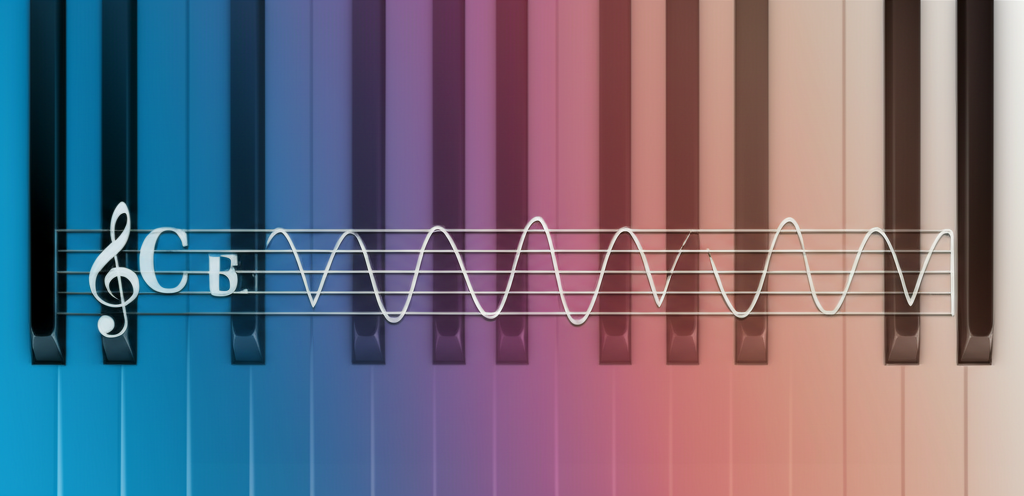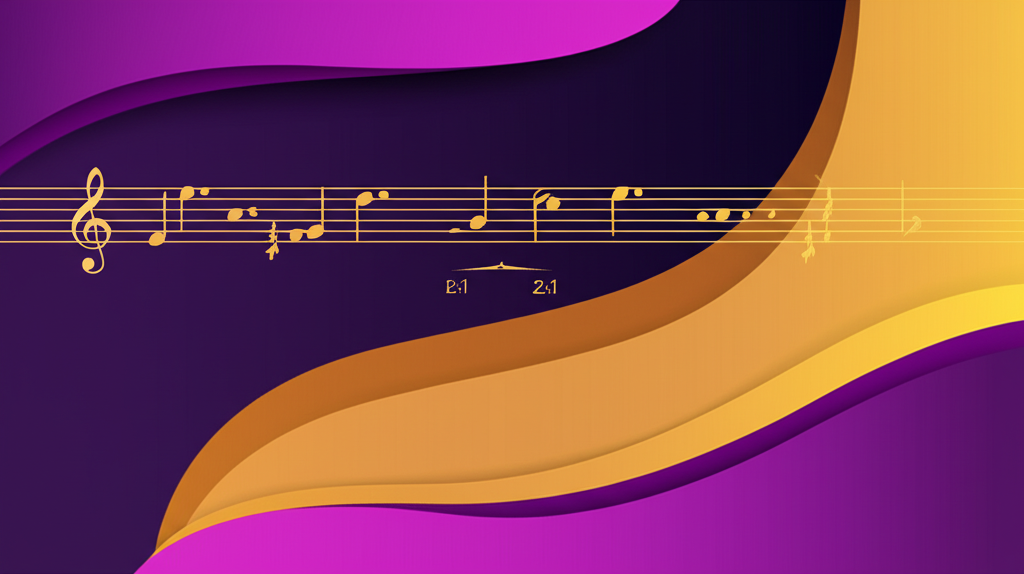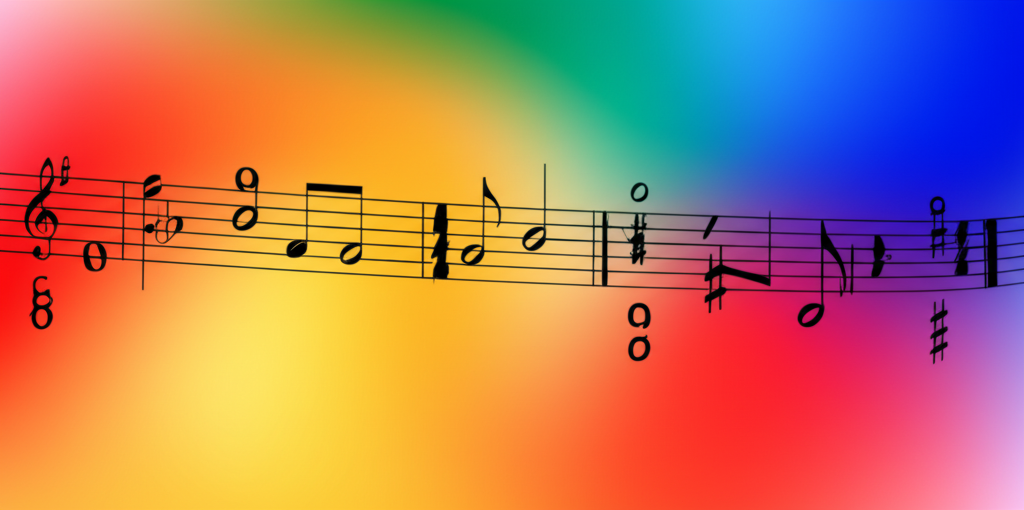
Unlocking the Secrets of the Neapolitan Minor Chord

b4n1
June 14, 2025, 7:04 p.m.
Unlocking the Secrets of the Neapolitan Minor Chord
Summary:
The Neapolitan minor chord, a captivating chromatic element, adds depth and color to musical compositions. This article delves into its definition, function, historical context, and practical applications, equipping musicians with a deeper understanding of this powerful harmonic tool. Learn how to identify, analyze, and utilize this intriguing chord to elevate your musical expression.
Keywords:
Neapolitan minor, Neapolitan sixth, chromatic harmony, minor chord, dominant seventh, harmonic analysis, music theory, composition, classical music, romantic music
Introduction:
The Neapolitan minor chord isn't your typical major or minor triad. It's a captivating chromatic interloper that adds a unique flavor of dissonance and resolution, frequently found in classical and romantic compositions. Understanding its function and application can significantly enrich your musical understanding and compositional skills. This seemingly simple chord holds the key to unlocking a more expressive and nuanced harmonic palette.
Definition and Classification:
The Neapolitan minor chord is a minor triad built on the lowered second degree (submediant) of a major key. It's typically found in the second inversion (6-4-3), creating a characteristically poignant sound. While technically a minor chord, its function is often to lead strongly towards the dominant chord, creating a strong chromatic pull. There isn't a distinct sub-classification beyond its inherent minor tonality and frequent use in the 6-4-3 inversion.
Examples:
Example in ABC Notation:
This example shows a Neapolitan minor chord (in C Major) resolving to the dominant (G7).
Practical Applications:
The Neapolitan minor chord frequently appears in the key's second inversion (6-4-3) before resolving to the dominant chord. This creates a characteristically poignant and unexpected harmonic progression. Many composers have used it effectively for dramatic effect, adding a sense of tension and release. Think of its use in many works by Beethoven, Mozart, and Schubert, often enhancing the emotional depth of their melodies.
Historical Figures:
While the exact origins are debated, the Neapolitan sixth (the sixth chord built on the lowered second degree) and its related minor chord became prominent during the Baroque and Classical periods. Composers like Haydn, Mozart, and Beethoven employed the Neapolitan sixth extensively. It wasn't just about the sound; the dramatic effect created by the chromatic pull made it a popular choice for adding depth and emotional impact to their compositions.
Fun Facts:
The name "Neapolitan" is believed to have originated from its supposed frequent use in Neapolitan opera during the 18th century, though its use predates this period and extends beyond this specific style of opera. Its characteristic sound, often described as bittersweet or yearning, lends itself perfectly to expressing a wide range of emotions.
Conclusions:
The Neapolitan minor chord, though seemingly simple, provides a powerful tool for composers and arrangers. Its characteristic chromaticism adds depth and color to musical textures. By understanding its function and historical context, you can better appreciate its role in shaping musical expression and effectively incorporate it into your own musical endeavors. Can you identify other instances of this chord in your favorite classical compositions?
References:
Kostka, S., & Payne, D. (2007). Tonal Harmony: With an Introduction to Twentieth-Century Music. McGraw-Hill.
Schoenberg, A. (1978). Theory of Harmony. University of California Press.
Clough, J., & Myerson, G. (2017). Theories of Harmony from Rameau to Schenker. Routledge.

































